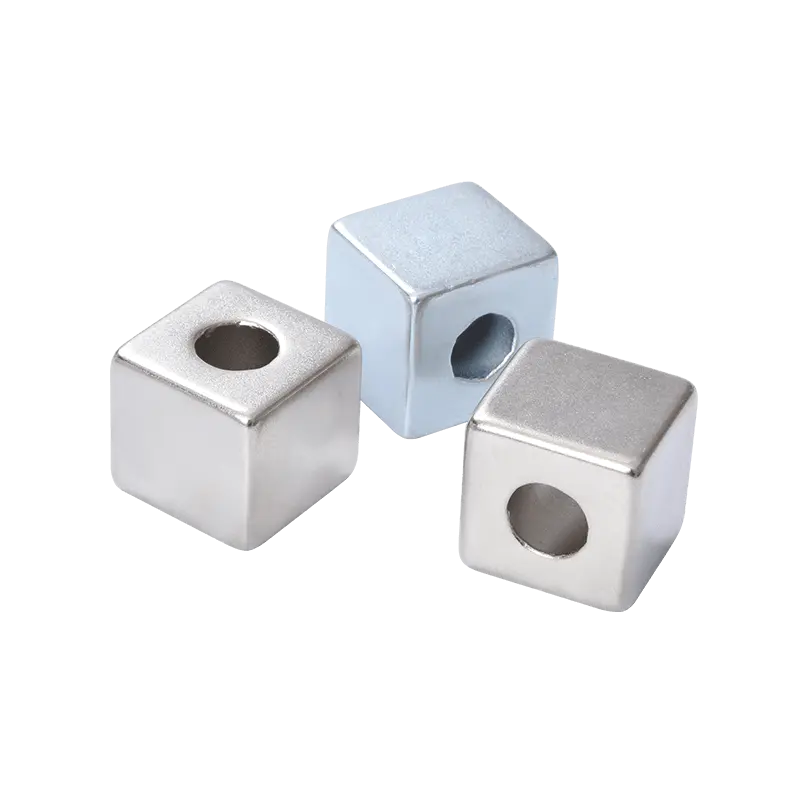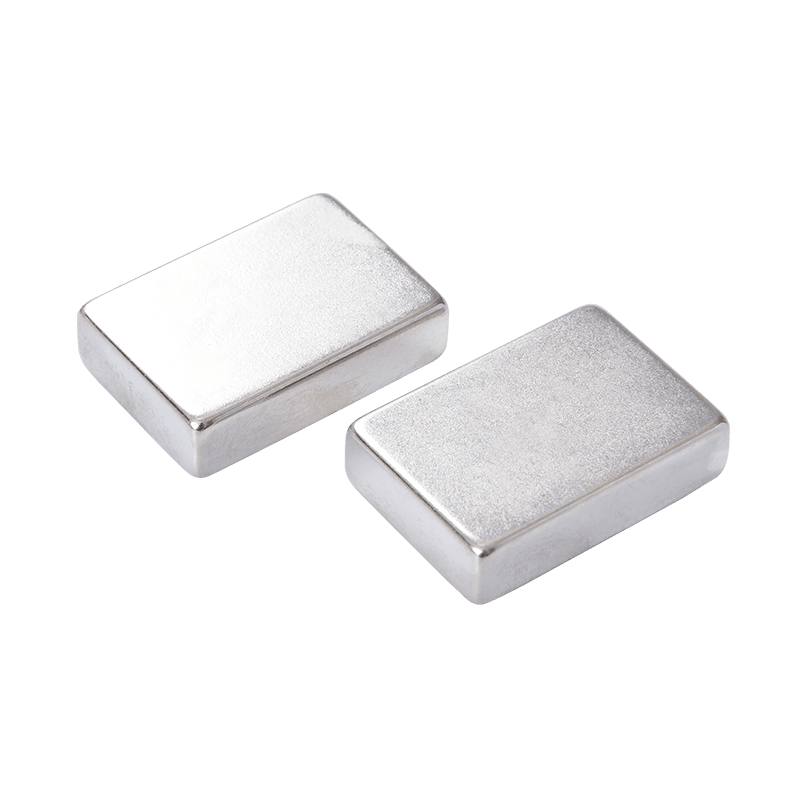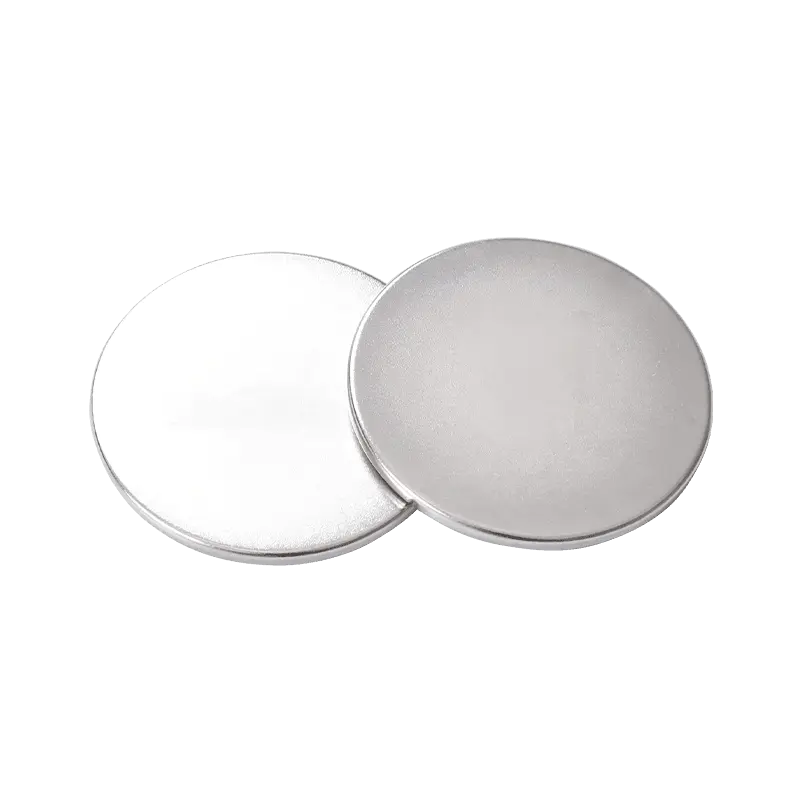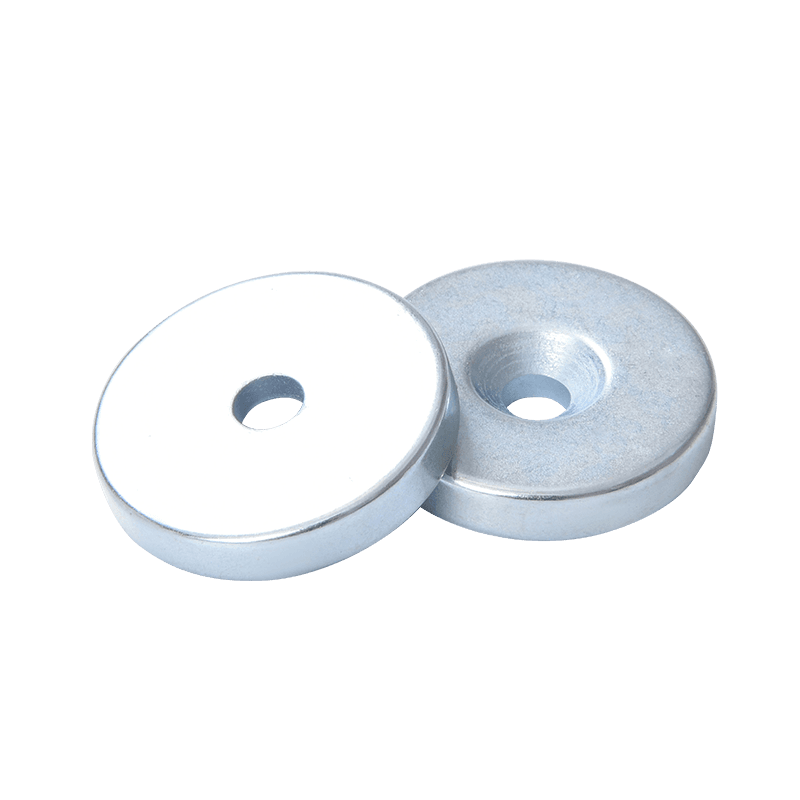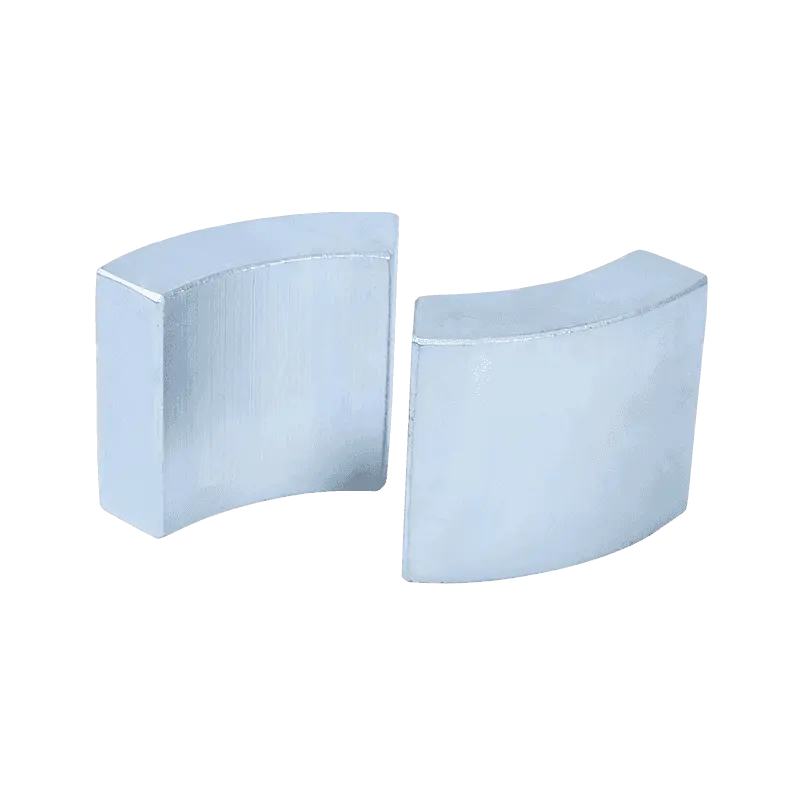In today's advanced technological landscape, Special Shaped NdFeB Magnets are finding their way into a wide range of applications that often involve exposure to special and sometimes harsh environments. Understanding the protection and durability of these magnets in such conditions is essential for ensuring their reliable performance.
Special Shaped NdFeB Magnets are known for their extremely strong magnetic properties. However, they can be vulnerable to certain environmental factors that can affect their durability and functionality. One of the main challenges is corrosion. NdFeB magnets are prone to oxidation when exposed to moisture and air. In special environments such as high humidity or corrosive atmospheres, this can lead to rapid degradation of the magnet's surface and a significant reduction in its magnetic strength.
To address this issue, various protective coatings can be applied to Special Shaped NdFeB Magnets. These coatings act as a barrier between the magnet and the environment, preventing moisture and oxygen from reaching the magnet's surface. Common coatings include nickel, zinc, epoxy, and resin. Each coating has its own advantages and disadvantages in terms of protection, durability, and cost. For example, nickel plating provides excellent corrosion resistance but can be relatively expensive. Zinc coating is more cost-effective but may not offer the same level of protection in extremely harsh environments.
In addition to corrosion, Special Shaped NdFeB Magnets can also be affected by temperature changes. These magnets have a specific temperature range within which they operate optimally. Exposure to extremely high or low temperatures can cause a reduction in magnetic strength and even permanent damage. In special environments where temperature fluctuations are common, such as in aerospace or automotive applications, proper thermal management is crucial. This can involve using insulation materials, heat sinks, or even designing the magnet's shape and size to optimize its thermal performance.
Another factor that can impact the durability of Special Shaped NdFeB Magnets is mechanical stress. In applications where the magnet is subjected to vibrations, shocks, or pressure, the magnet can crack or break. To enhance the mechanical durability of these magnets, they can be encapsulated in a protective casing or embedded in a composite material. This not only provides physical protection but also helps distribute the mechanical stress more evenly, reducing the risk of damage.
Despite the challenges posed by special environments, Special Shaped NdFeB Magnets can still offer excellent protection and durability when proper measures are taken. By choosing the right protective coatings, managing temperature and mechanical stress, and ensuring proper installation and maintenance, these magnets can continue to perform reliably in even the most demanding applications.
While Special Shaped NdFeB Magnets may face challenges in special environments, with the right protection and durability measures in place, they can still provide strong and stable magnetic performance. As technology continues to advance and new applications emerge, the importance of understanding and addressing the protection and durability of these magnets will only grow.

 English
English русский
русский Español
Español